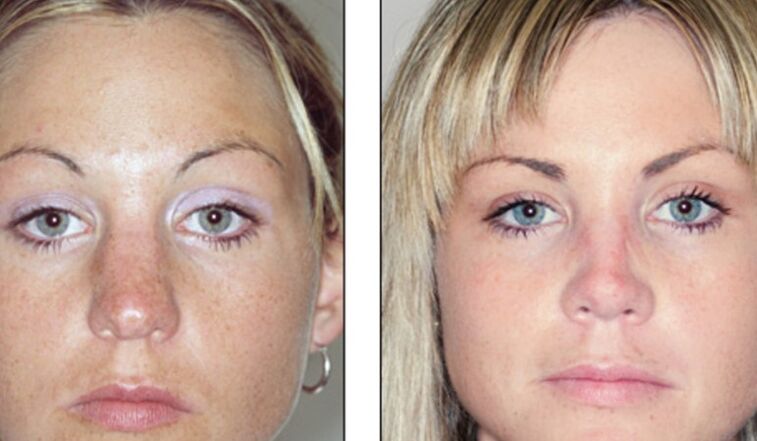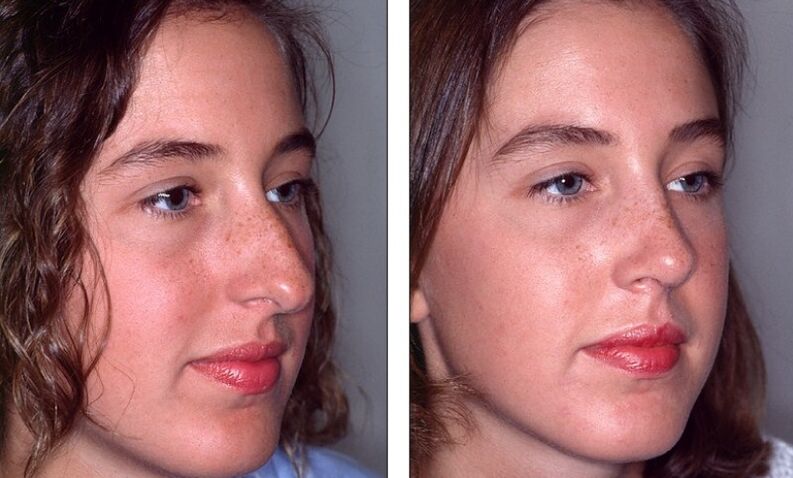If you are planning a rhinoplasty, you must be familiar with all the nuances of execution. This is a fairly popular procedure today that involves correcting nasal defects.
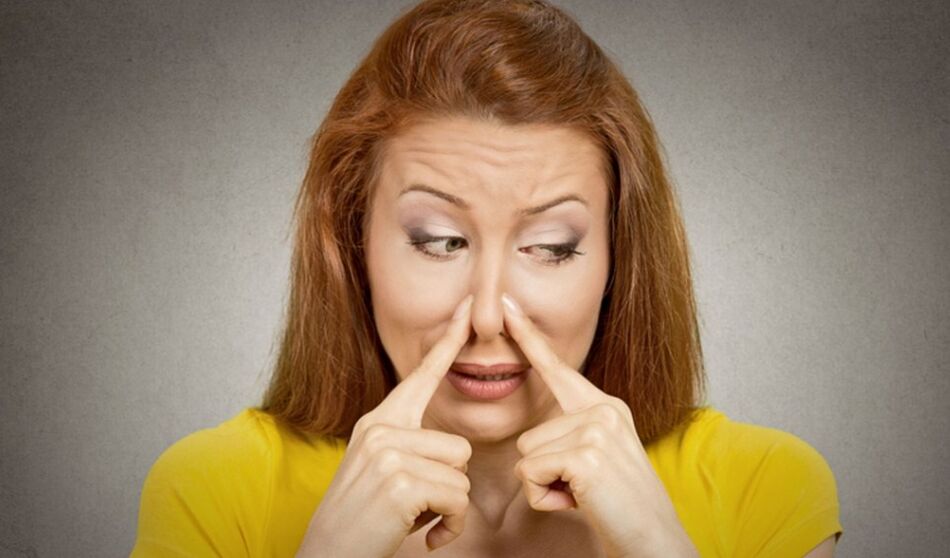
The nose is a rather complex organ that is responsible for several functions in the body at the same time. The most important are smell and proper breathing. The location of the nose plays an important role in the appearance - in the middle of the face, where it is difficult to hide the visual imperfections of the organ.
If you want to change the shape of your nose, the word "unsuccessful rhinoplasty" sounds scary, and there are many questions about surgery and the recovery period. In this article, we will try to explain the possible causes of unsuccessful rhinoplasty as much as possible and how to avoid.
How to understand that rhinoplasty is a failure
It is easy to figure out that with the successful outcome of the surgery, you will get the desired result and minimal complications. Unsuccessful rhinoplasty is characterized by the presence of severe complications that affect the patient's normal functioning. And accordingly, the result of the operation does not match what is expected.
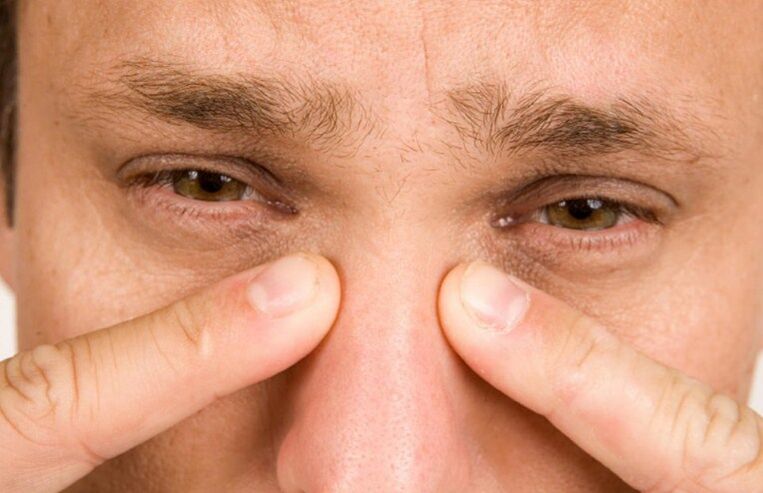
How to distinguish between unsuccessful rhinoplasty:
- the pain at the site of surgery does not go away for a long time;
- strong pigmentation is seen on the skin;
- the shape of the nose is asymmetrical, the tip sinks;
- there is no possibility of full breathing;
- hemarthrosis;
- prolonged swelling;
- odorless for more than three months;
- visible scars and the presence of scars on the nose.
The full list of complications may occur after a rhinoplasty, but they will definitely have to go away after some time.
Note! It takes at least six months for complete recovery after surgery. The results of the surgery can only be judged after this period has elapsed.
Rhinoplasty is considered a surgery worldwide that carries the risk of side effects. Complications during implant placement for the reconstruction of the nasal frame are no exception.
Tissue rejection causes cysts, atrophy and fibrosis. The most dangerous infections for the body are those that can cause anaphylactic shock, which is life-threatening. The result immediately after surgery and after 6 months is not always the same.
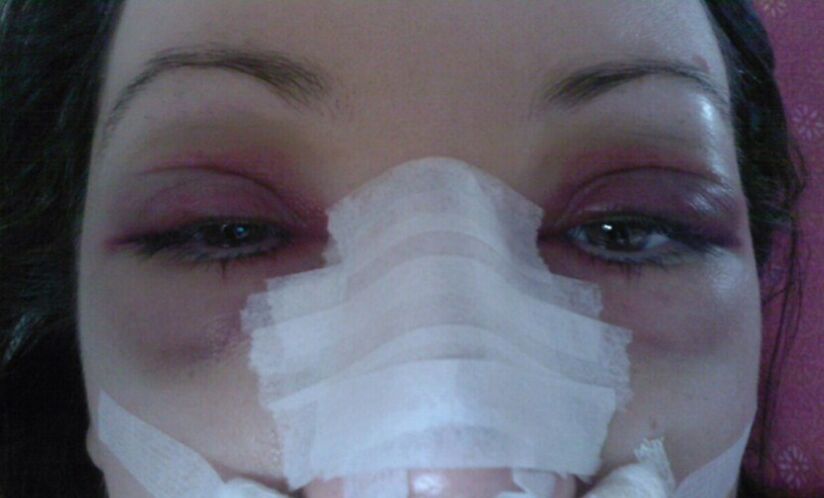
Causes of unsuccessful rhinoplasty surgeries
Although a complex surgery like rhinoplasty has been performed for more than a year, no professional can guarantee the end result. What are the reasons for this:
- A plastic surgeon cannot accurately predict the outcome of a rhinoplasty because each body behaves individually. Everyone can heal in different ways: blood vessels, nerves, nasal bones, cartilage, mucous membranes;
- The postoperative result may change after one year.
- Rehabilitation after rhinoplasty also has an individual character, so it should be under the constant supervision of your doctor.
The first reaction after unsuccessful surgery is to blame the doctor. But we recommend that you find out what is causing it: the doctor’s mistake or the body’s reaction.
A plastic surgeon with extensive experience in rhinoplasty should be aware of any complications and respond to them in a timely manner.
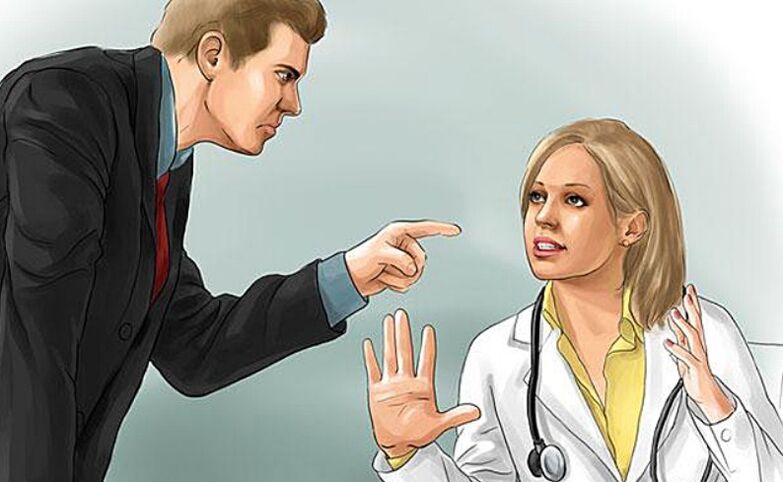
Doctor's mistakes
- During rhinoplasty, if the surgeon does not perform the surgery properly, a recess may appear in the nose;
- Exfoliation of the skin may occur during surgery, which is fraught with tissue necrosis;
- If the doctor removes too much cartilage or bone tissue from the nose, the organ will look unnatural as a result;
- During the surgery, the doctor changed the size of the nasal wings. This is a dangerous complication of nasal breathing. Upon inhalation, the nostrils stick together;
- If your doctor has taken bad measurements before the rhinoplasty, you may get an asymmetrical nose after the surgery.
How to avoid unsuccessful rhinoplasty?
First, it is worth considering with the greatest responsibility the clinic and plastic surgeon for whom you are planning a rhinoplasty.

Selection criteria:
- Look at the real opinion of the operated patients about the hospital and the doctor;
- The low cost of surgery is not a reason to go to this clinic. On the contrary, it serves as an indication of the doctor's inexperience or lack of equipment for surgery. But the price that is obviously too high is a reason to take a closer look at the clinic.
- Beautiful photos before and after rhinoplasty, and colorful reviews are no reason to choose this doctor;
- Study the condition of your chosen clinic. The availability of modern equipment and the training of workers are required;
- Please note that it is quite difficult to get to a qualified doctor. Some plastic surgeons make an appointment one year in advance;
- The physician’s extensive experience minimizes unpleasant postoperative consequences;
- Read on the forum about the experience of failed rhinoplasty. This will help you analyze the mistakes made by others.
- Take a closer look at the doctor, his way of communication, his attitude to work. This will help assess the extent of your education and professionalism;
- Ideally, you choose a clinic and doctor who has already operated on a true friend of yours.
- The psychological preparation of the patient is very important. Remember, it is unrealistic to get a whole new nose. Sometimes the expectation of a result can be too high and disappointment can be bitter.
- A comprehensive examination of the body should be performed prior to rhinoplasty and all necessary examinations should be performed to avoid the risk of complications;
- Remember that there can be no secrets between a doctor and a patient, your health depends on it. Be sure to tell your doctor about recent and chronic illnesses;
- The high risk of unsuccessful rhinoplasty is if the patient does not follow the doctor’s instructions before and after surgery.
Computer simulation method
The technology doesn’t stop there, and today is a great way to view and predict future results. Computer modeling techniques help you try different shapes of your nose to find an acceptable solution. Ideally, your nose will look like an afterimage when modeling. But this procedure does not give a 100% guarantee of the success of the operation. The outcome depends primarily on the individual characteristics of the patient and the qualifications of the plastic surgeon.
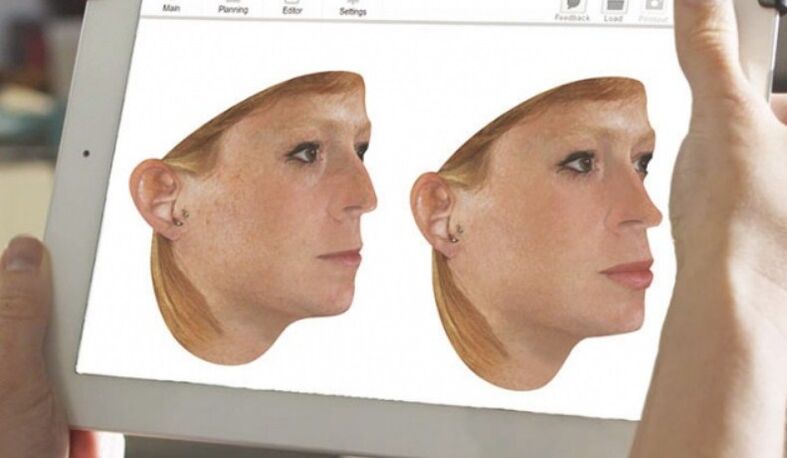
When rhinoplasty is prohibited
In some cases, the operation is strictly prohibited. Violation of the recommendations can cause serious problems during the procedure and during the rehabilitation period.
Here are the main contraindications to the procedure:
- diabetes;
- inflammatory and infectious diseases;
- Under 18 years of age;
- kidney and liver diseases;
- diseases of the cardiovascular system;
- inflammatory process on the skin in the region of the nose.
Any prohibitions should be discussed individually with your doctor.
What to do after a failed rhinoplasty
Before proceeding with the operation, you must read and sign the documents indicating all possible possibilities for an unfavorable outcome of the procedure. After the rhinoplasty, the first person you come in contact with is the plastic surgeon. In any case, a knowledgeable, trained professional will try to resolve the issue peacefully. Two people are responsible for unsuccessful rhinoplasty: the doctor and the patient. The operated person should strictly follow all the doctor's recommendations after the operation. If the doctor is to blame for the failed surgery, the clinic is required to return the money. You must contact the special services that protect your rights to return it.
How to hold a doctor accountable
If the problem is still not resolved amicably and the doctor refuses to contact you, a claim must be made outlining all the requirements. Thereafter, the clinic where the surgery was performed will be required to respond to you in writing.
If you do not receive a reply to your letter, either in writing or orally, feel free to go to court. Any self-esteem clinic will certainly respond to your complaint because the position you have among your clients depends on it. However, prepare for a long trial. An independent expert will be involved in the investigation, after which a decision will be made by the law enforcement agencies.
How to behave correctly before and after rhinoplasty
Violating a doctor’s prescriptions in preparation for surgery and subsequent misconduct can reduce any effort on the part of the surgeon to zero.
In preparation for rhinoplasty, you should:
- give up bad habits completely, such as alcohol and smoking, which can cause poor tissue healing;
- it is forbidden to take drugs that affect blood clotting to avoid postoperative bleeding;
- you should not visit a solarium or sauna after a rhinoplasty to avoid a rise in blood pressure;
- all physical activities are prohibited, especially those where the head has to be tilted;
- sleeping on a high pillow or with a raised headrest is recommended. This helps reduce swelling and avoid nasal deformity;
- it is not recommended to drink too cold or hot drinks and food within a month after the rhinoplasty;
- You must wear a special plaster bandage for 2 weeks, which will serve as the frame for your nose during the healing period;
- wearing glasses during the rehabilitation period is prohibited, they may deform the tissues. Use contact lenses, if present and easy to do;
- pregnancy should not be planned for one year after rhinoplasty;
- avoid blowing your nose for 2 months after surgery. Use sprays prescribed by your doctor to clean your nose. Vaseline or peach oil also helps with hydration.
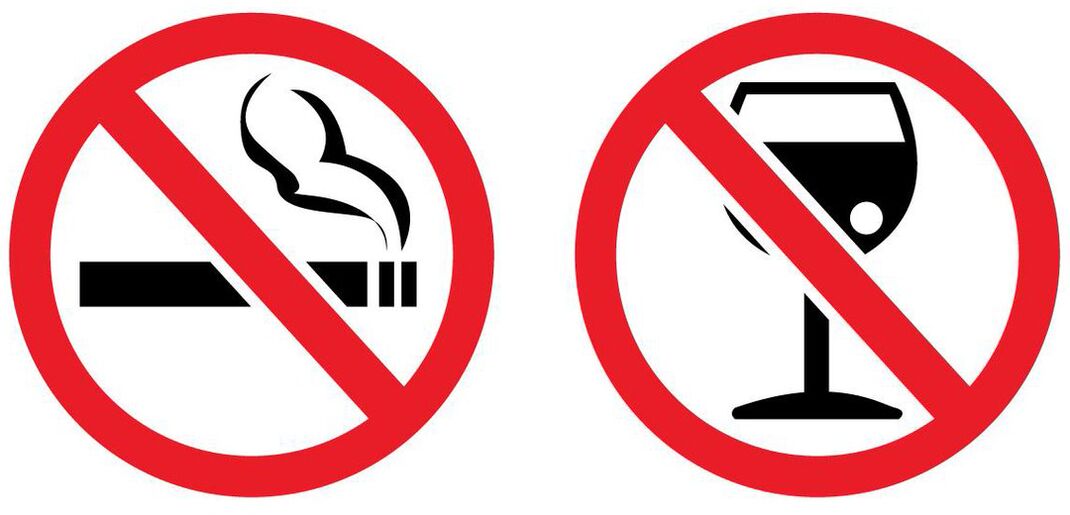
Before rhinoplasty, it is very important to choose an experienced doctor, a highly specialized clinic, and familiarize yourself with real patient assessments. However, the patient is also not relieved of responsibility: it is important that you are honestly informed about your health condition, undergo all necessary examinations, and follow the recommendations of doctors. But even if these conditions are met, the risk of negative consequences cannot be ruled out.
When to see a doctor for correction
All complications after unsuccessful rhinoplasty are traditionally divided into aesthetic and functional. Basically, they can be used for a second rhinoplasty if you have nasal pain, low sensitivity, and nasal breathing. The aesthetic appearance of the nose can be impaired by asymmetry and deformation.
Key indicators for selecting the second action:
- Excessive or insufficient correction of the initial defect of the nose in which the function of the nose is impaired;
- Violation of the integrity of the cartilage and bone structure, resulting in the formation of scars and adhesions.
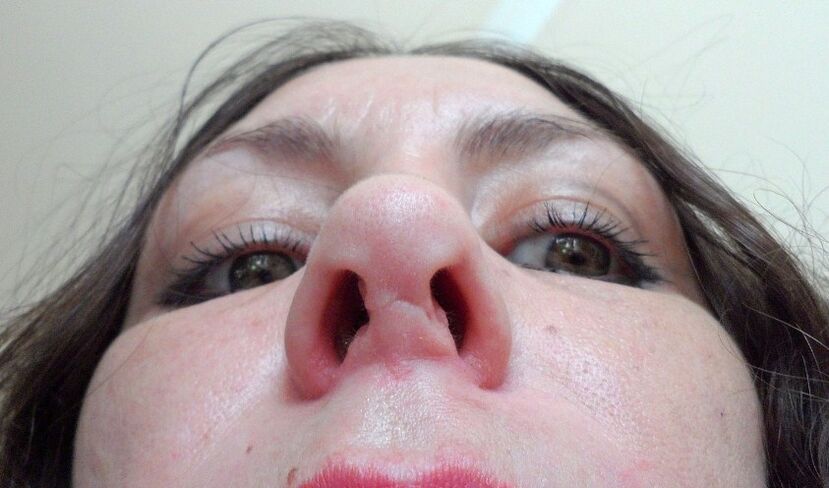
Nasal reconstruction after unsuccessful rhinoplasty
If you decide to correct your nose with the same doctor performing the rhinoplasty, you should consult with him or her and find the cause of the complications. You will then need to create an accurate plan for performing the recovery activities.
How long the second rhinoplasty can be performed is decided by the doctor. Please note that the rehabilitation period is quite long, lasting up to six months.
Postoperative recovery methods
There are many options for correcting a failed rhinoplasty. Which one is right for you depends on the degree of complication and individual characteristics.
- Rhinoplasty with fillers- the gentlest way to make the shape more symmetrical. This correction applies to non-surgical rhinoplasty. It also allows you to correct the shape of your nose and smooth your skin. However, the biggest disadvantage of this correction method is the short-term effect. You will probably need to repeat this procedure within a year.
- If the imperfections are clearly visible on your face after surgery, you should turn to the methodcorrective rhinoplasty. . . Today, this is the most common way to correct a failed rhinoplasty. An unexpected outcome after surgery is possible because no one knows exactly how your body will behave after surgery. The purpose of corrective rhinoplasty is to correct minor defects, improve respiratory function, and eliminate scars and scars.
- Revision rhinoplasty. . . This is a radical way to correct the consequences of the first operation. A full-fledged operation that is rightly considered more complex than the previous one. This procedure is used to correct the most severe cases. However, revision rhinoplasty should not be considered a miracle because its main purpose is to correct the consequences that affect the patient’s normal life.
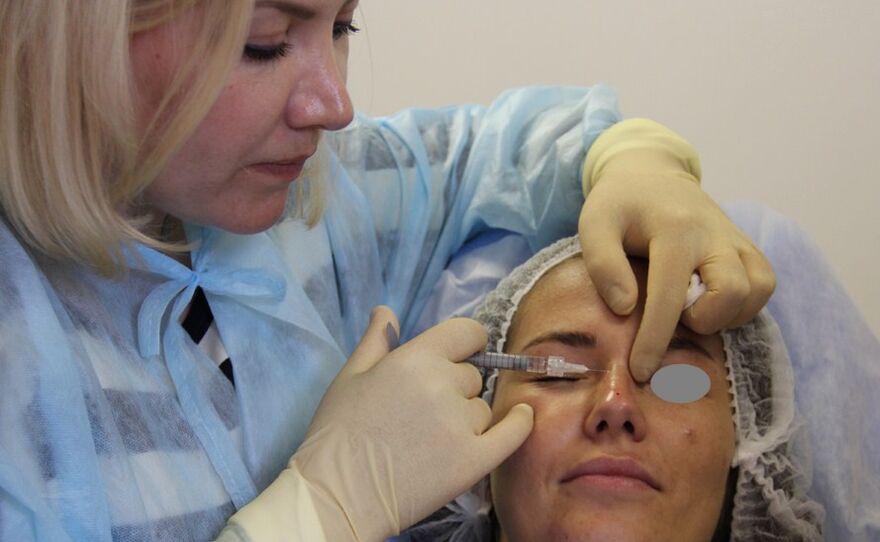
There are several ways to fix a failed operation. Your main job is to respond to complications in a timely manner and see a doctor. Recently, due to the great popularity of rhinoplasty, the possibilities for the correction of unsuccessful interventions are also expanding.
There are cases where the patient is dissatisfied after surgery. It is worth noting that the final result will only be clear at the end of the rehabilitation period, which lasts for at least a year. Only after the required time has elapsed can the outcome of the rhinoplasty be fully evaluated. You have to adapt to the new nose, you have to get used to the change in appearance. In case of functional changes, reoperation is possible after one year at the earliest.
Reviews of failed rhinoplasty
"It took a very long time for me to decide on rhinoplasty. There’s an innate hump on my nose that has pretty much ruined my nerves as a teenager. Then I seemed to reconcile with him, but the thought of surgery haunted me. I admitted to a clinic in our city and decided to radically correct my nasal cavity with surgery. However, after the surgery, an unpleasant surprise awaited me, the hump naturally disappeared, but a depression formed instead. It looks small, but why do I need it? The surgeon is assured that everything will stabilize during rehabilitation. But 2 months passed and the depression persisted. I panicked and went up to the net. It turns out that I'm not the only one and an error occurred during the operation. I’m at the clinic because they made concessions to me. I did a second correction, this time with another doctor, and the depression disappeared. Sure, they could shake their nerves and be sued, but I just didn’t have time for that. "
Photos before and after failed rhinoplasty
Finally, we recommend that you look at the photo of the failed nose after rhinoplasty. And we reiterate our call, with full responsibility, to approach the selection of the clinic and physician for rhinoplasty. And then the risk of complications is reduced to zero.
